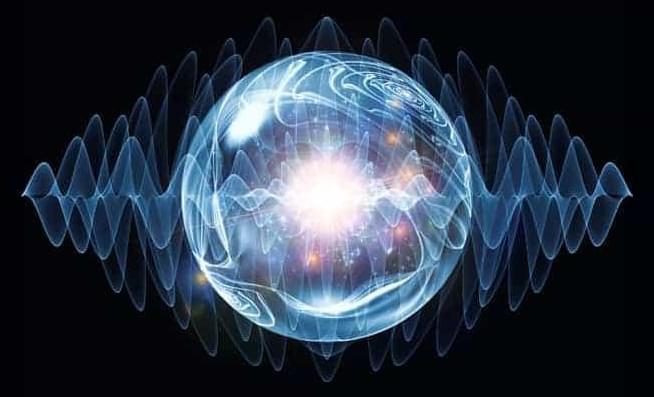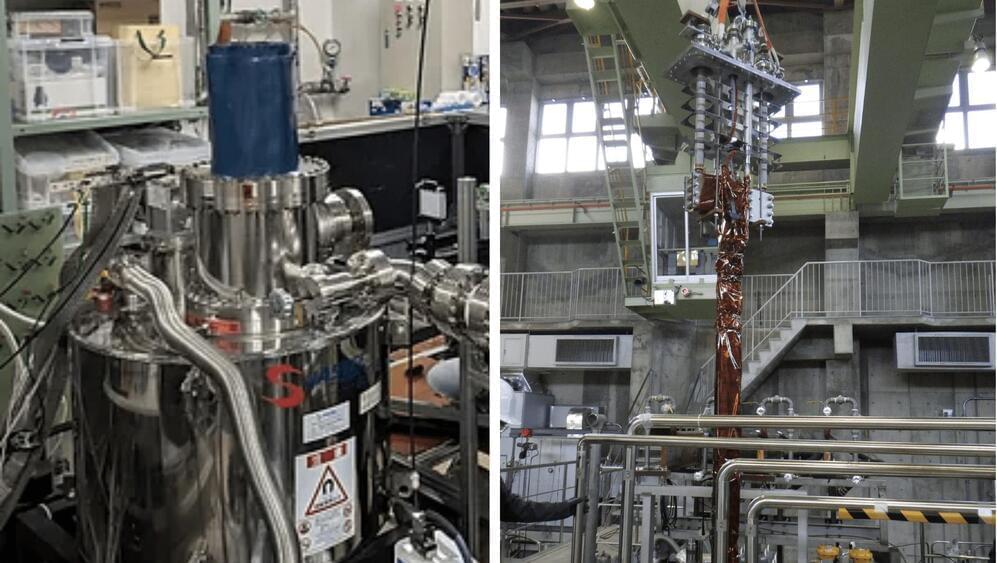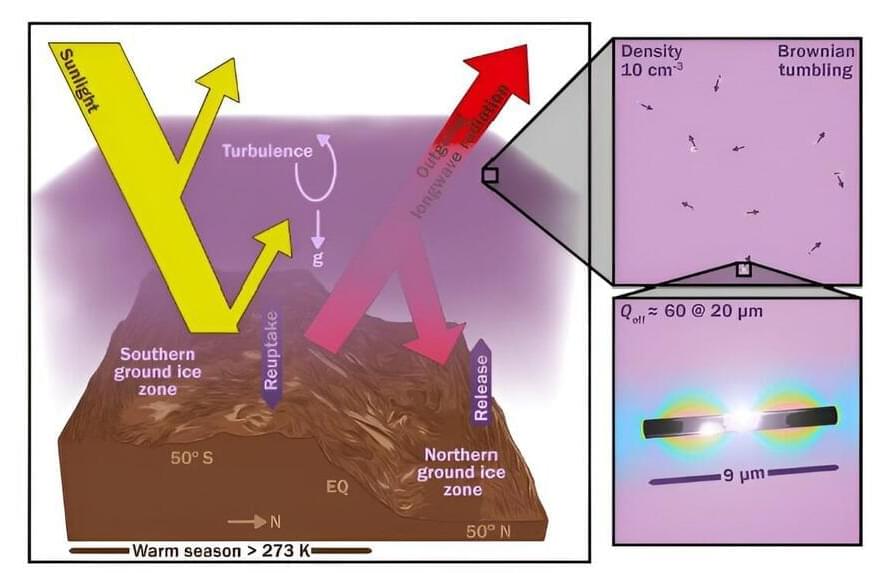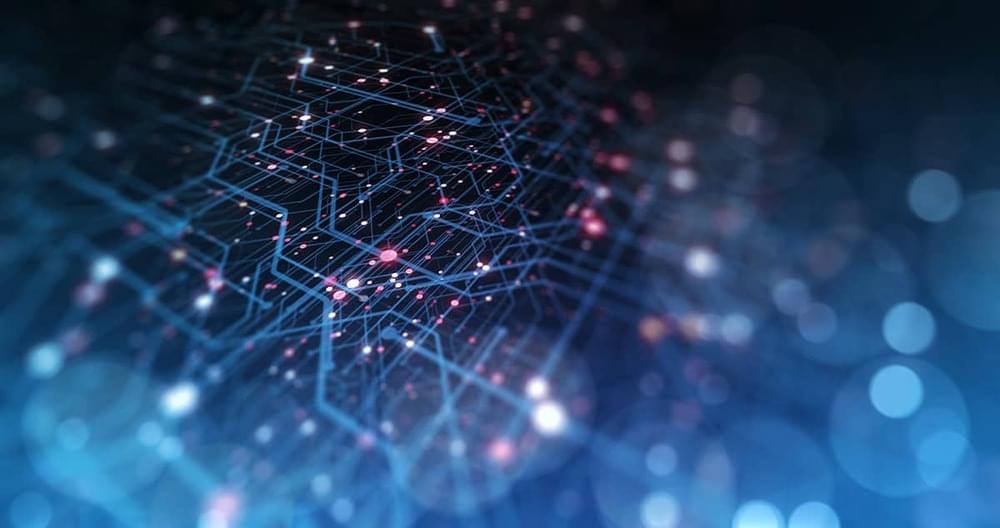We’ve reached a new milestone in the uncanny valley, folks: AIs are now Rickrolling humans.
In a now-viral post on X-formerly-Twitter, Flo Crivello, the CEO of the AI assistant firm Lindy, explained how this bizarre memetic situation featuring Rick Astley’s 1987 hit “Never Gonna Give You Up” came to pass.
Known as “Lindys,” the company’s AI assistants are intended to help customers with various tasks. Part of a Lindy’s job is to teach clients how to use the platform, and it was during this task that the AI helper provided a link to a video tutorial that wasn’t supposed to exist.







